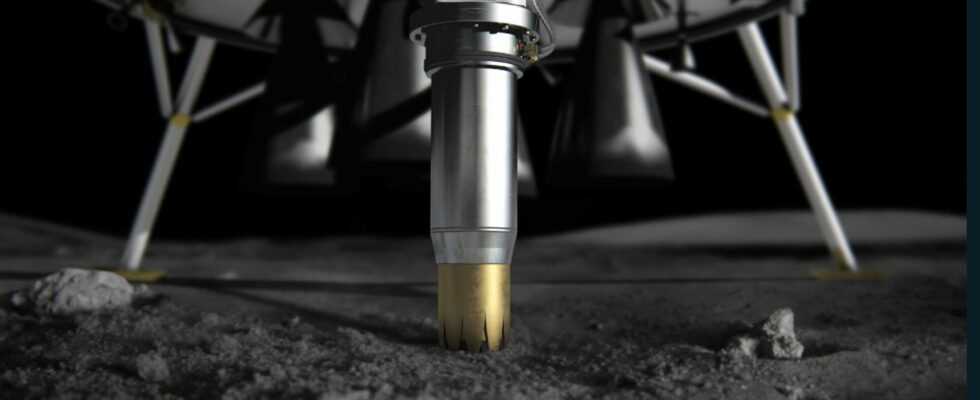After ground tests and a selection of manufacturers, the European Space Agency entrusted a consortium led by Thales with the design and implementation of a first experiment in the production of oxygen from lunar regolith. However, this will only be a demonstration.
And no date for sending this material to the Moon.
Oxygen, but refined
Three different designs were in competition, and the management of ESA’s “Human and Robotic Exploration” section had to decide, after a detailed analysis in 2021. This is the industrial team led by Thalès (with AVS, Metalysis, Open University and Redwire Space Europe) which won the right to build a demonstrator which, one day, will be flown to the lunar surface to produce oxygen there. The concept comes from an observation of samples previously brought back from missions on our natural satellite: 40 to 45% of the mass of lunar dust, its most abundant element, is oxygen. Obviously, the O atoms form molecular bonds there in the form of minerals (oxides) or glass, so it is impossible to exploit it directly: an extraction/refining process is required.
Work from the drawing board
” We look forward to working with the winning consortium to move from the design phase to reality. », explains engineer David Binns (ESA). The equipment will not lack interest: it will have to extract between 50 and 70 grams of oxygen (at least 70% of what is contained in the sample) by precisely measuring its performance and the concentration of the gases present, all in working only 10 days, with a power supply by solar panel.
In addition, the experiment will have to respect a criterion of low mass and compactness in order to be able to fly on one of the future platforms of ESA or international commercial partners (the American CLPS companies for example) and not to require its own lunar mission.
Lunar refineries: not for tomorrow
The experiment, furthermore, should be able to isolate useful metals within the regolith for future use. The European Space Agency intends to increase its efforts in the coming years (in particular towards the Moon) for technologies related to the ISRU, or In-Situ Resource Use. Whether for future habitats, for the extraction of oxygen or materials useful for life on site, to have a distant base capable of meeting the needs of its occupants without a continuous flow of cargo and vehicles, it will require large means of production. Real small factories… Of which the demonstrators of tomorrow will be (we hope) the precursors.
Source: ESA

23